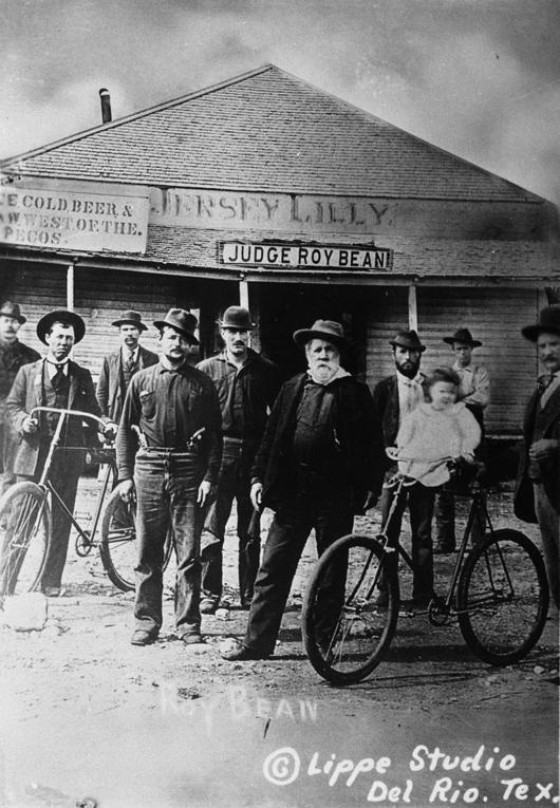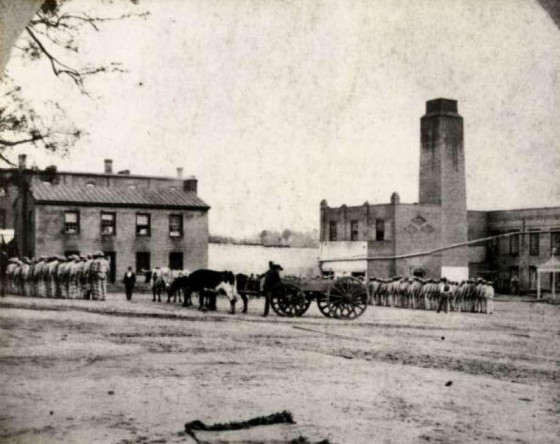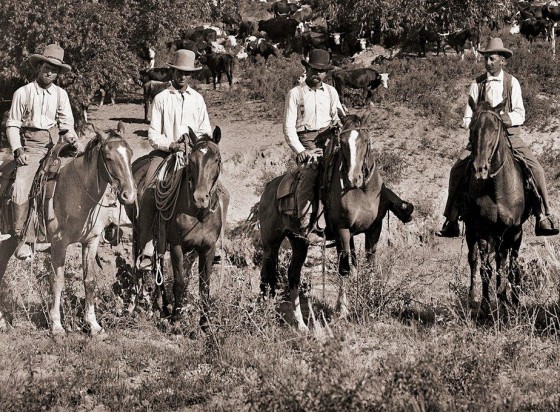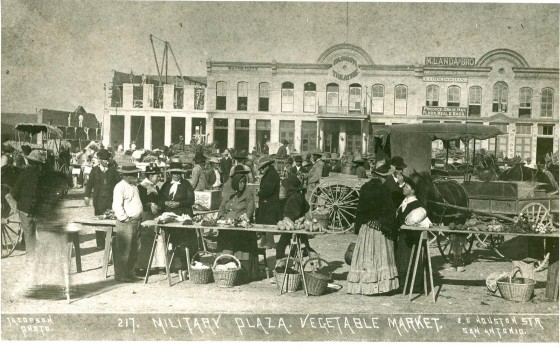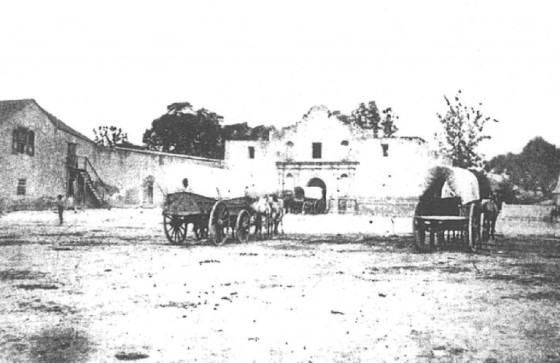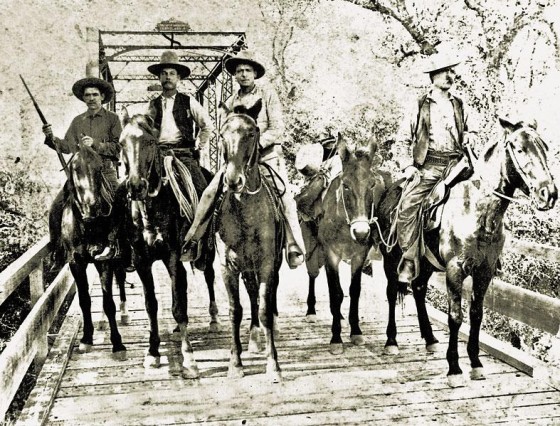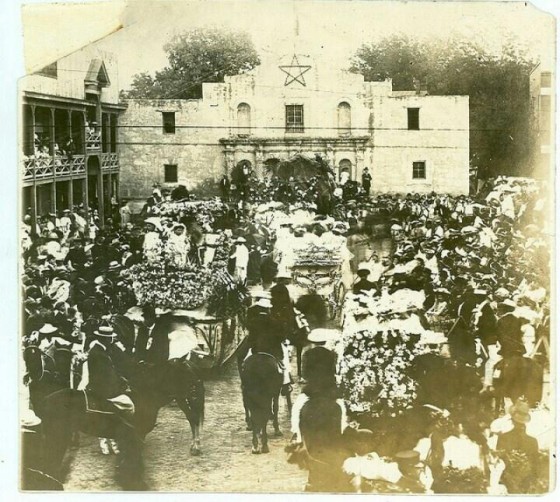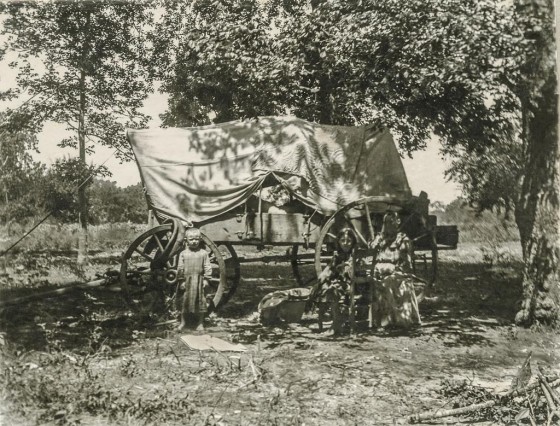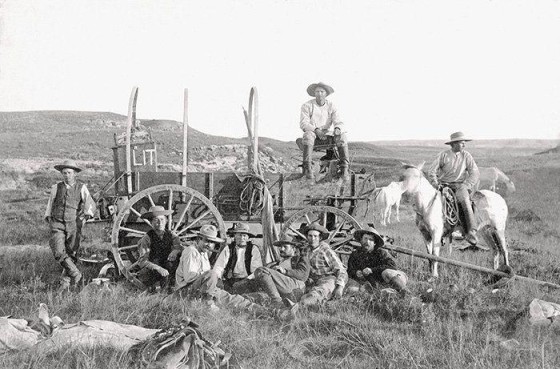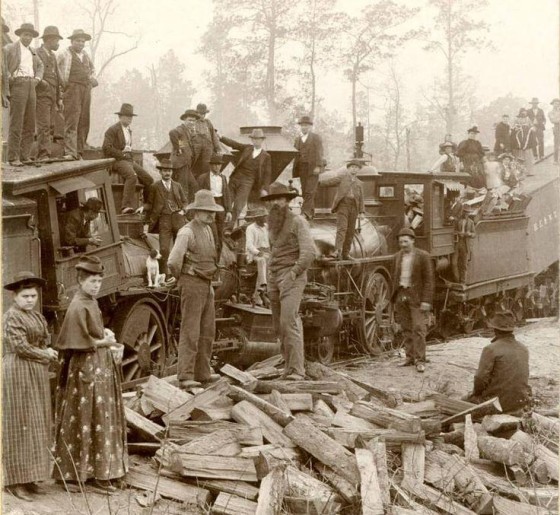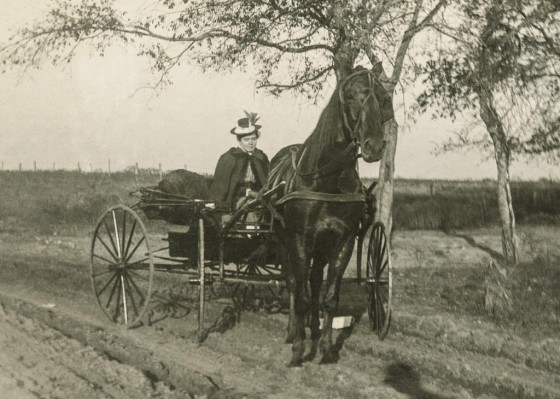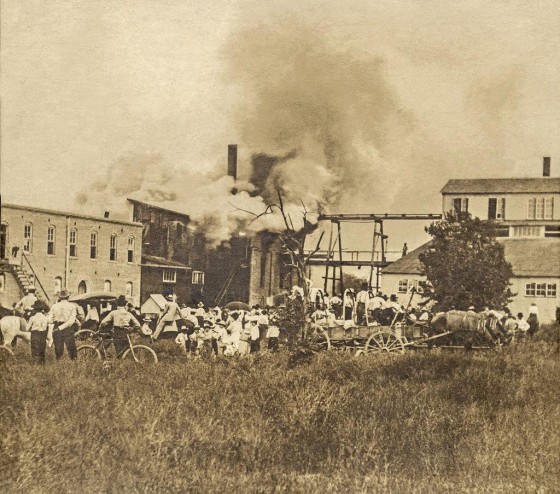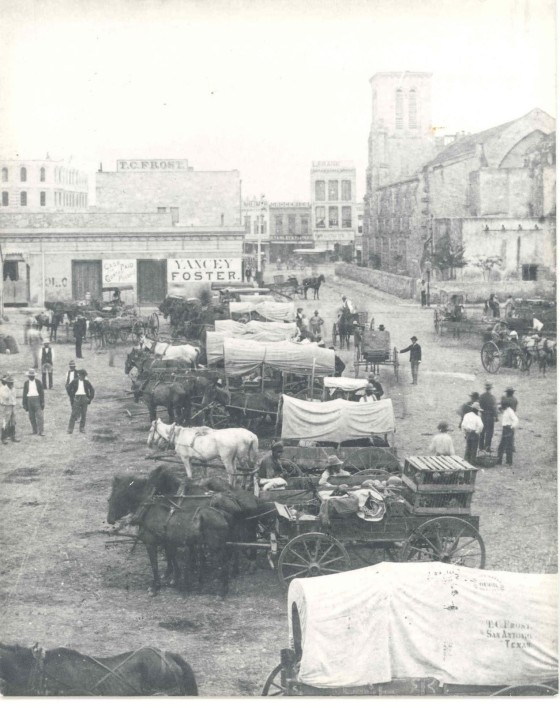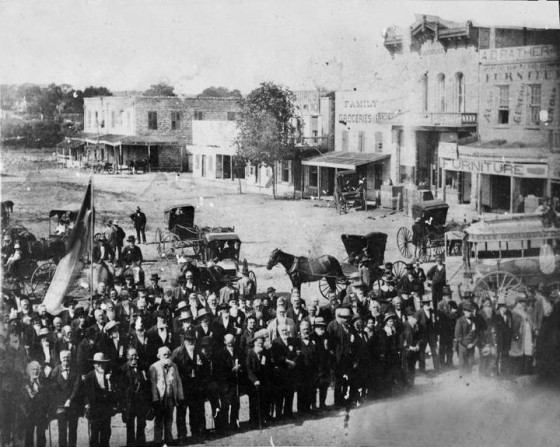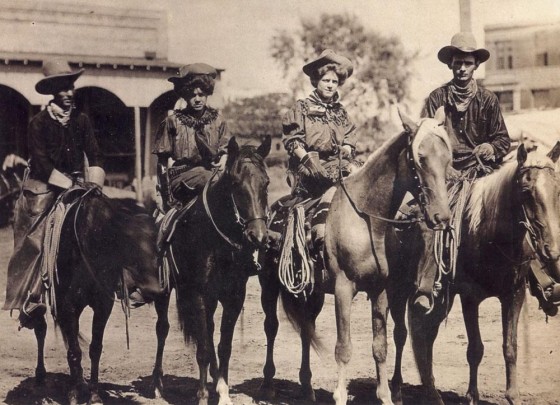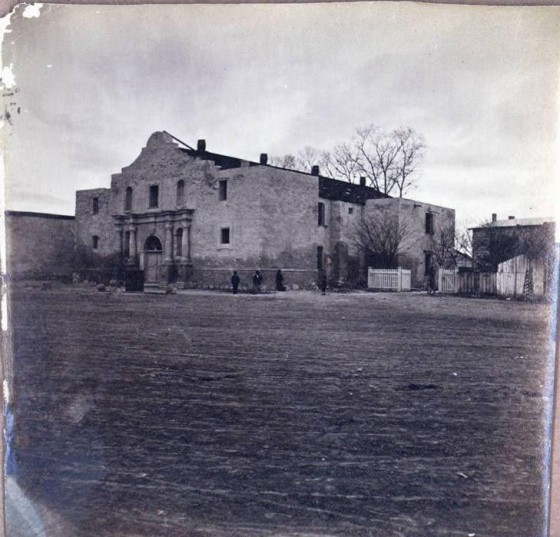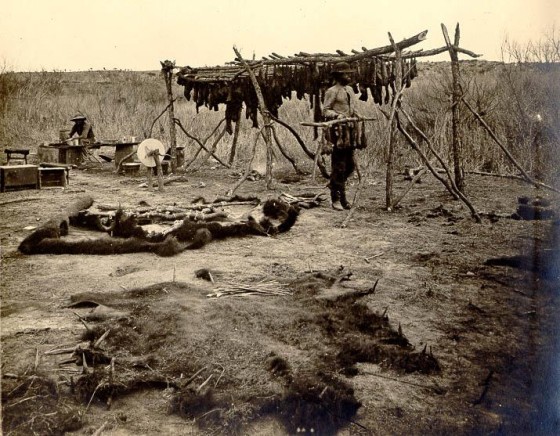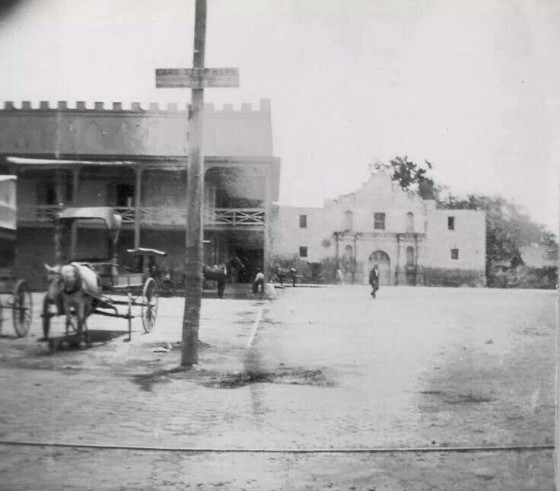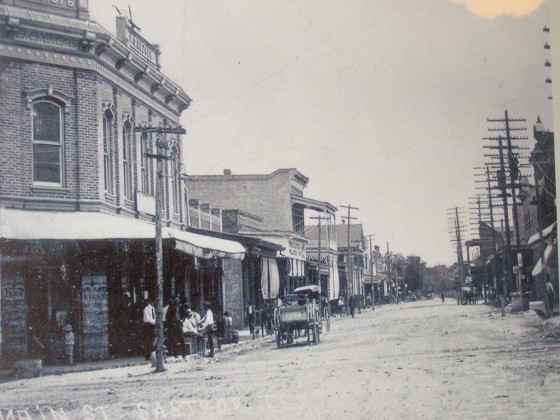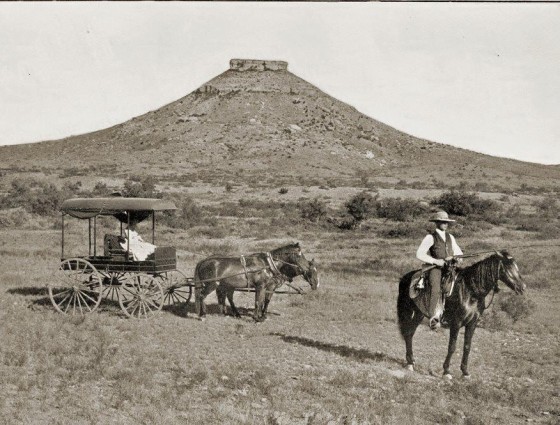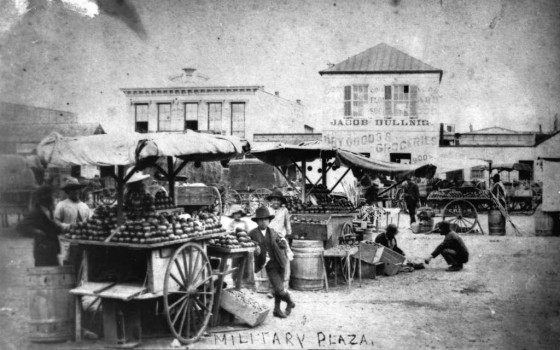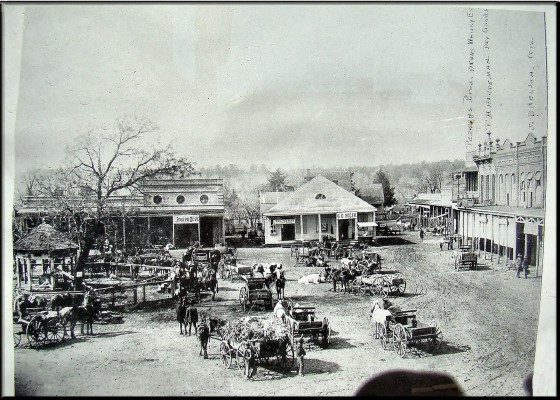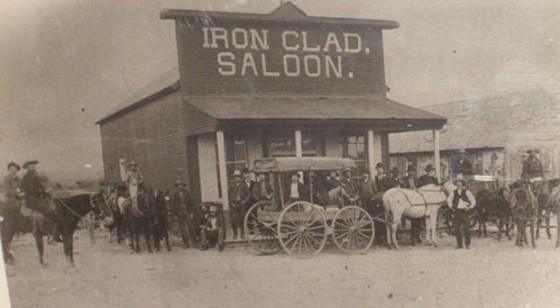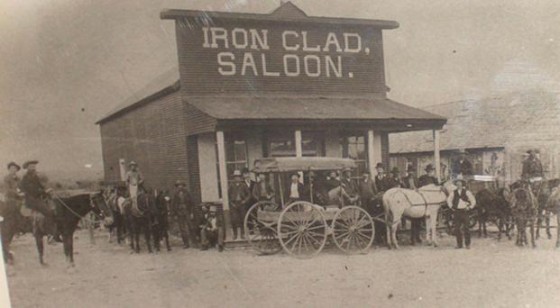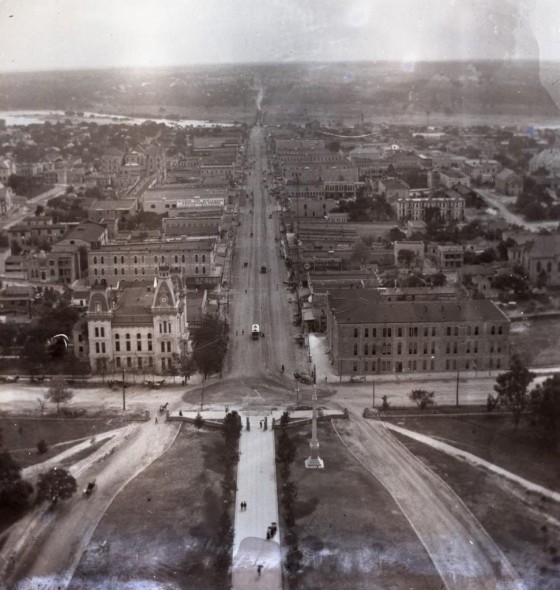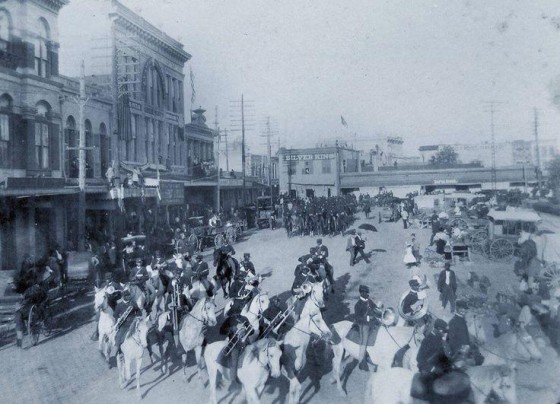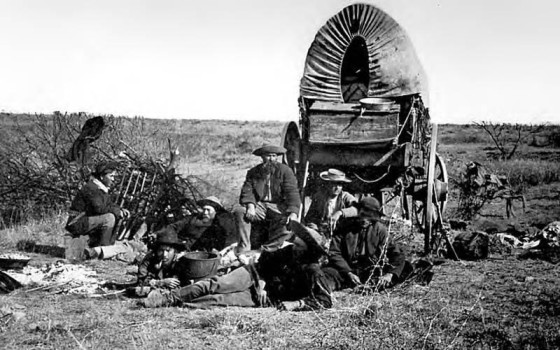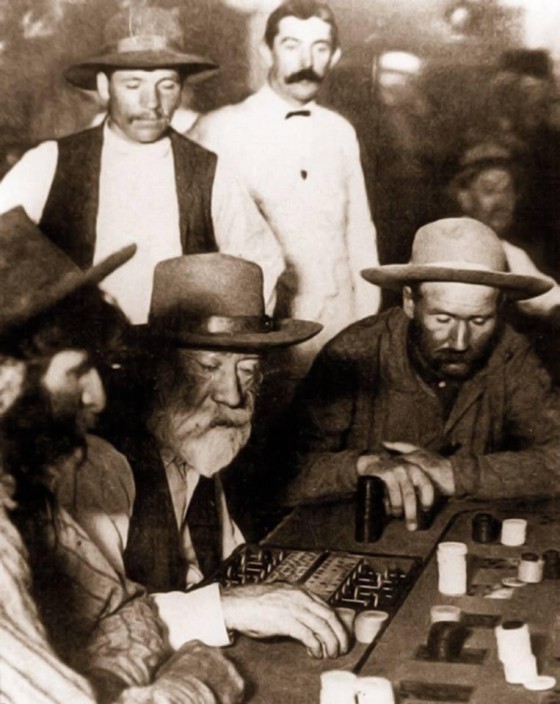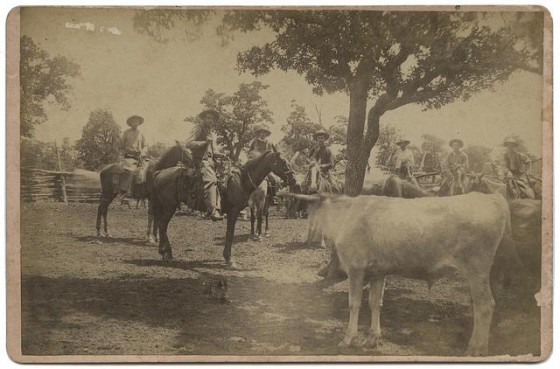As early as 1837, the Republic of Texas made several attempts to negotiate annexation with the United States. Opposition within the republic from the nationalist faction, along with strong abolitionist opposition within the United States,slowed Texas's admission into the Union. Texas was finally annexed when the expansionist James K. Polk won the election of 1844. On December 29, 1845, the U.S. Congress admitted Texas to the U.S. as a constituent state of the Union.
The population of the new state was quite small at first, and there was a strong mix between the English-speaking American settlers who dominated in the state's eastern/northeastern portions and the Spanish-speakingformer Mexicans (Tejanos) who dominated in the state's southern and western portions. Statehood brought many new settlers. Because of the long Spanish presence in Mexico and various failed colonization efforts by the Spanish and Mexicans in northern Mexico,there were large herds of Longhorn cattle that roamed the state. Hardy by nature, but also suitable for slaughtering and consumption, they represented an economic opportunity many entrepreneurs seized upon, thus creating the cowboy culture for which Texasis famous.
After Texas's annexation, Mexico broke diplomatic relations with the United States. While the United States claimed Texas's border stretched to the Rio Grande, Mexico claimed it was theNueces River leaving the Rio Grande Valley under contested Texan sovereignty. While the former Republic of Texas could not enforce its border claims, the United States had the military strength and the political will to do so. PresidentPolk ordered General Zachary Taylor south to the Rio Grande on January 13, 1846. A few months later Mexican troops routed an American cavalry patrol in the disputed area in the Thornton Affair starting theMexican"American War. The first battles of the war were fought in Texas:the Siege of Fort Texas, Battle of Palo Alto and Battle of Resaca de la Palma. After these decisive victories, the United States invaded Mexican territory, ending the fighting in Texas.
After a series of United States victories, the Treaty of Guadalupe Hidalgo ended the two-year war. In return, for US$18,250,000, Mexico gave the U.S. undisputed control of Texas, ceded the Mexican Cession in 1848, most of which today iscalled the American Southwest, and Texas's borders were established at the Rio Grande.
The Compromise of 1850 set Texas's boundaries at their present form. U.S. Senator James Pearce of Maryland drafted the final proposal where Texas ceded its claims to land which later became half of present-day New Mexico, a third of Colorado,and small portions of Kansas, Oklahoma, and Wyoming to the federal government, in return for the assumption of $10 million of the old republic's debt. Post-war Texas grew rapidly as migrants poured into the cotton lands of the state.
They also brought or purchased enslaved African Americans, whose numbers tripled in the state from 1850 to 1860, from 58,000 to 182,566.
Texas was at war again after the election of 1860. At this time, blacks comprised 30 percent of the state's population, and they were overwhelmingly enslaved. When Abraham Lincoln was elected, South Carolina seceded from the Union. Fiveother Deep South states quickly followed. A state convention considering secession opened in Austin on January 28, 1861. On February 1, by a vote of 166"8, the convention adopted an Ordinance of Secession from the United States. Texas voters approved thisOrdinance on February 23, 1861. Texas joined the newly created Confederate States of America on March 4, 1861, ratifying the permanent C.S. Constitution on March 23.
Not all Texans favoured secession initially, although many of the same would later support the Southern cause. Texas's most notable Unionist was the state Governor, Sam Houston. Not wanting to aggravate the situation, Houston refused twooffers from President Lincoln for Union troops to keep him in office. After refusing to swear an oath of allegiance to the Confederacy, Houston was deposed as governor. Around 2,000 Texans served in the Union Army, with a large contingent of recent Germanimmigrants in Texas Hill Country being a Unionist stronghold.
While far from the major battlefields of the American Civil War, Texas contributed large numbers of men and equipment to the rest of the Confederacy. Union troops briefly occupied the state's primary port, Galveston. Texas's border withMexico was known as the "backdoor of the Confederacy" because trade occurred at the border, bypassing the Union blockade. The Confederacy repulsed all Union attempts to shut down this route, but Texas's role as a supply state was marginalized in mid-1863 afterthe Union capture of the Mississippi River. The final battle of the Civil War was fought atPalmito Ranch, near Brownsville, Texas, and saw a Confederate victory.
Texas descended into anarchy for two months between the surrender of the Army of Northern Virginia and the assumption of authority by Union General Gordon Granger. Violence marked the early months of Reconstruction. Juneteenth commemoratesthe announcement of the Emancipation Proclamation in Galveston by General Gordon Granger, almost two and a half years after the original announcement. President Johnson, in 1866, declared the civilian government restored in Texas. Despite not meeting reconstructionrequirements, Congress resumed allowing elected Texas representatives into the federal government in 1870. Social volatility continued as the state struggled with agricultural depression and labour issues.
Like most of the South, the Texas economy was devastated by the War. However, since the state had not been as dependent on slaves as other parts of the South, it was able to recover more quickly. The culture in Texas during the later 19thcentury exhibited many facets of a frontier territory. The state became notorious as a haven for people from other parts of the country who wanted to escape debt, war tensions, or other problems. Indeed, "Gone to Texas" was a common expression for those fleeingthe law in other states. Nevertheless, the state also attracted many businessmen and other settlers with more legitimate interests as well.
The cattle industry continued to thrive, though it gradually became less profitable. Cotton and lumber became major industries creating new economic booms in various regions of the state. Railroad networks grew rapidly as did the port atGalveston as commerce between Texas and the rest of the U.S. (and the rest of the world) expanded. As with some other states before, the lumber industry quickly expanded in Texas and was its largest industry before the beginning of the 20th century.
Most of what we 'know' about Texas comes to us from cinema. Here's a collection of relatively random images of life in Texas before 1900.


